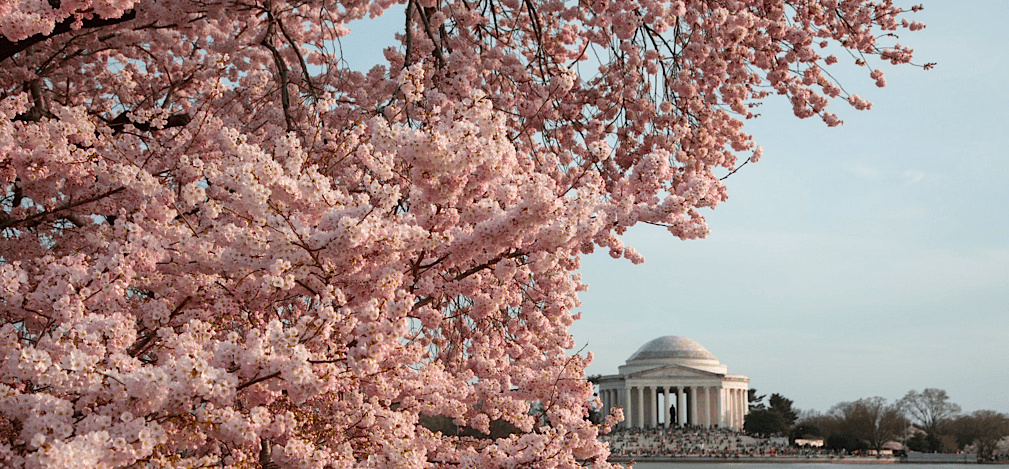Park Service: Cherry Blossoms to Peak March 27
By • March 4, 2020 0 1455

D.C.’s famed cherry blossoms will experience peak bloom between Friday, March 27, and Monday, March 30, predicted the National Park Service on March 4.
The annual celebration of blooming cherry trees, a gift from Japan in 1912, centers around the National Mall, especially the Tidal Basin, but includes many places around the city. It is Washington’s biggest tourist attraction. This year, some are concerned about the coronavirus epidemic’s negative effects on tourism.
The National Cherry Blossom Festival will run from March 20 to April 12. The festival, which encompasses dozens of events, will kick off with an opening ceremony on Saturday, March 21. Other flagship events are the Blossom Kite Festival on the National Mall on March 28 and the National Cherry Blossom Parade on April 4, both Saturdays. For details, visit nationalcherryblossomfestival.org.
Here’s what the National Park Service had to say about the peak bloom date and blooming period:
“The peak bloom date is defined as the day when 70 percent of the Yoshino Cherry (Prunus x yedoensis) blossoms are open. Peak bloom varies annually depending on weather conditions. The most likely time to reach peak bloom is between the last week of March and the first week of April. Extraordinary warm or cool temperatures have resulted in peak bloom as early as March 15 (1990) and as late as April 18 (1958).
“The Yoshino trees typically bloom for a period of several days. The length of the blooming period depends on weather conditions. Cool, calm weather can extend the length of the bloom, and a rainy, windy day can bring an abrupt end to the ephemeral blossoms. A late frost can prevent the trees from blooming at all.
“Forecasting peak bloom is almost impossible more than 10 days in advance. The cherry trees’ blossom development is dependent on weather conditions, which are inherently variable. National Park Service horticulturists monitor bud development and report the status of the blossoms. The following table shows bud development data for Yoshino cherry trees, the most common trees in the park.”

